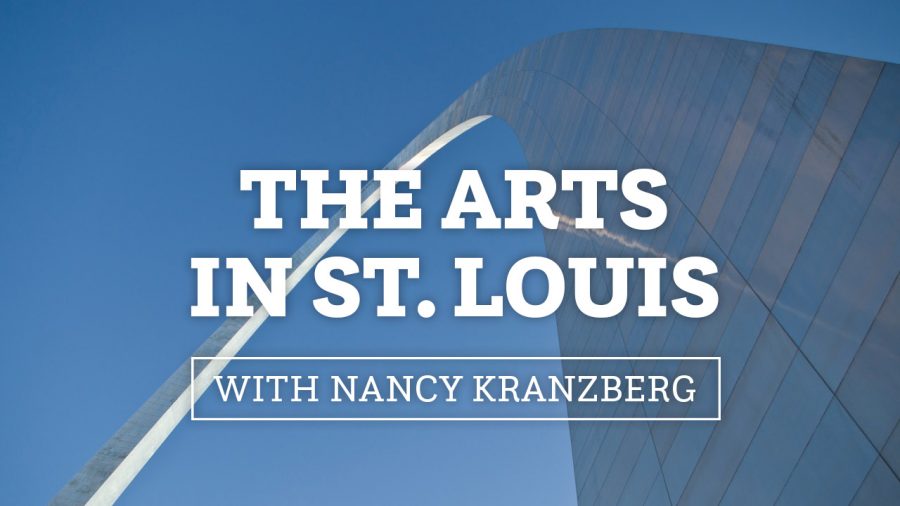Getting crafty: The evolving nature of crafts as art
Published August 13, 2021
Earlier this year, I visited the Crystal Bridges Museum of American Art in Bentonville, Ark. and loved the special exhibition entitled, “Crafting America, Artists and Objects, 1940 to Today.” It was an awe-inspiring and refreshing new view of crafts in America.
I tried to whittle the subject of crafts into a readable piece to share with my audience. I started by trying to find what the latest sources said. Wikipedia and dictionaries note that when craft is used as a noun, it refers mostly to the activity of having the skill of making objects by hand such as weavings, ceramic making, wood carvings, glass blowing, metal working, etc.
Glenn Adamson, in the exhibition catalogue, says in defining craft: “Craft is as simple or complex as you want to make it. In its essence, it is an easy thing to understand — making things, skillfully. In the presence of a really well-crafted object, there is little room for doubt. Artisanal know-how serves as its own argument.”
But what is craft’s relationship to tradition, technology and fine art? To gender and ethnicity?
Jen Padgett, one of the authors of the exhibition catalogue, writes, “Craft is an impressively diverse field, as it has long been an accessible form of creative production for those historically excluded from the realm of fine art, including women, people of color, immigrants and indigenous peoples. Contemporary artists continue to draw upon this history of empowerment through craft, using materials and techniques with rich layers of significance in their work.”
Then there is the question of what the division is between fine arts and crafts. This is quite controversial and much has been written on the subject. An article by Arylea on Deviant Art says that whether or not there is a difference between these two major art genres is something that is highly disputed in much of the art world. There is no definitive answer. Both fine arts and craft have a history behind them that often influences our understanding of them even in their contemporary forms.
The St. Louis Art Museum used to display contemporary crafts in a small gallery as did most other comprehensive museums around the country. Now high-quality craft works can be in the main exhibition space as well as featured in their own special exhibitions such as the one at Crystal Bridges.
Technology has also changed the whole definition of craft from handmade in a traditional way to works that are digitally designed and constructed. Gareth Neal is a British artist who specializes in wood furniture making and embraces digital technology in the process. Neal’s work, which is sold through international galleries, has been showcased in international exhibitions.
Padgett says that modern craft in the groundbreaking exhibition “Objects: USA,” which toured across the country beginning in 1969, helped to define the field of American craft and even included new material such as enamels and plastics. Contemporary artists use an ever-expanding diversity of materials to challenge and widen our perspectives on craft, including found objects, manufactured materials like 16-mm film and technologically novel processes like 3-D printing.
Stephanie Kirkland, deputy director of our city’s Craft Alliance, says, “The ‘Crafting America’ exhibition at Crystal Bridges has been an amazing example of where craft is heading today. Focusing on the American voice, there are the big hits from the 1940s through the studio craft movement of the 1960s.
“Then the curators transition us into craft today, where we are challenged to redefine traditional techniques, explore alternative materials and be confronted with social political issues that affect us every day.
“Craft is constantly evolving, and this is a beautiful grouping of voices that remind us that artists have so much more to say. Craft is still a strong and powerful means of expression.”
Many of the artists in this exhibition have been featured in exhibitions in St. Louis. Ebony Patterson recently had a show at the Contemporary Art Museum; Nick Cave, with his beaded “Sound Suits,” was featured at the St. Louis Art Museum; Ruth Asawa was featured at the Pulitzer; and Boris Bally stole the show with his recent exhibition at Craft Alliance, which boasted witty and innovative works celebrating a raw street aesthetic of recycled street signs and the like.
It’s tough to put a label on the world of crafts and where they begin and end and meld into the fine art world.















